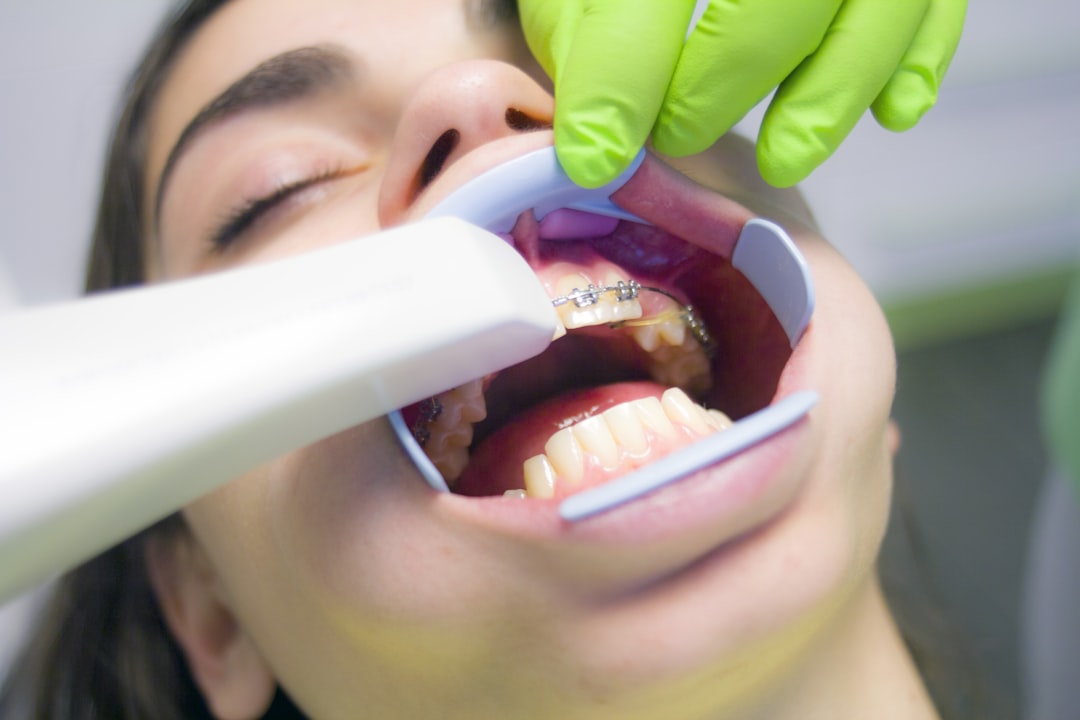
If there is a cavity that forms between the teeth, it is called an interdental cavity or interproximal cavity. Unlike traditional cavities that occur on the chewing surfaces of teeth, interdental cavities can be trickier to detect and often go unnoticed until they reach an advanced stage. Knowing the signs of an interdental cavity can assist in seeking prompt dental treatment and preventing additional damage. This website has all you need to learn more about this topic.
A frequent indication of an interdental cavity is feeling sensitivity when consuming hot or cold items. When there is a cavity between teeth, it exposes the underlying dentin, which is more sensitive than the outer enamel. Hence, you may encounter a sharp, momentary pain when consuming hot beverages or cold treats. This sensitivity is a clear indication that there is a problem with your teeth and should not be ignored.
Extended sensitivity to sugary foods is another symptom that should be taken seriously. If you experience lingering pain or discomfort after eating sugary treats, it could be an indication of an interdental cavity. The presence of a cavity allows the sugars to seep into the affected area, leading to prolonged sensitivity and discomfort. If this sensitivity persists even after you’ve finished eating sweets, it is advisable to consult your dentist for a thorough examination.
Toothache and gum sensitivity can also indicate the presence of an interdental cavity. As the cavity progresses, it can affect the surrounding gums and cause inflammation and tenderness. You may encounter pain when biting down or exerting pressure on the affected area, in addition to experiencing sensitivity while brushing or flossing around the affected teeth. If you observe these symptoms, it is vital to seek dental care promptly to prevent additional damage and potential complications.
The presence of stains between the teeth can also indicate the existence of an interdental cavity. As the cavity progresses, it can trap food particles and bacteria, leading to discoloration in the interproximal spaces. The emergence of brown or black stains in the crevices between your teeth should raise concerns. While regular dental cleanings and proper oral hygiene practices can aid in preventing staining, persistent discoloration should prompt a consultation with your dentist. Click here for more helpful tips on this company.
Presence of holes or pits in teeth is another visible sign of an interdental cavity. As a cavity develops between teeth, it gradually wears away the enamel, resulting in the formation of tiny holes or pits in the affected region. These holes or pits may be noticeable without magnification or may require the use of dental instruments for a comprehensive assessment. If you notice any irregularities or abnormalities in the texture of your teeth, it is important to arrange a dental appointment for a comprehensive evaluation and suitable treatment.
To conclude, it is crucial to be able to identify the signs of an interdental cavity in order to maintain optimal oral health. Sensitivity to hot and cold, prolonged sensitivity to sweets, toothache and gum sensitivity, staining between teeth, and the presence of holes or pits in teeth are all red flags that should not be ignored. Taking proactive measures and seeking prompt dental care can help prevent additional damage, potential complications, and ensure the preservation of a healthy smile. Remember to schedule regular dental check-ups, maintain good oral hygiene practices, and promptly address any worrisome symptoms to safeguard your dental well-being. By staying vigilant and taking care of your teeth, you can effectively prevent and manage interdental cavities, ensuring a lifetime of healthy teeth and gums. Here’s the link to learn more about the awesome product here.